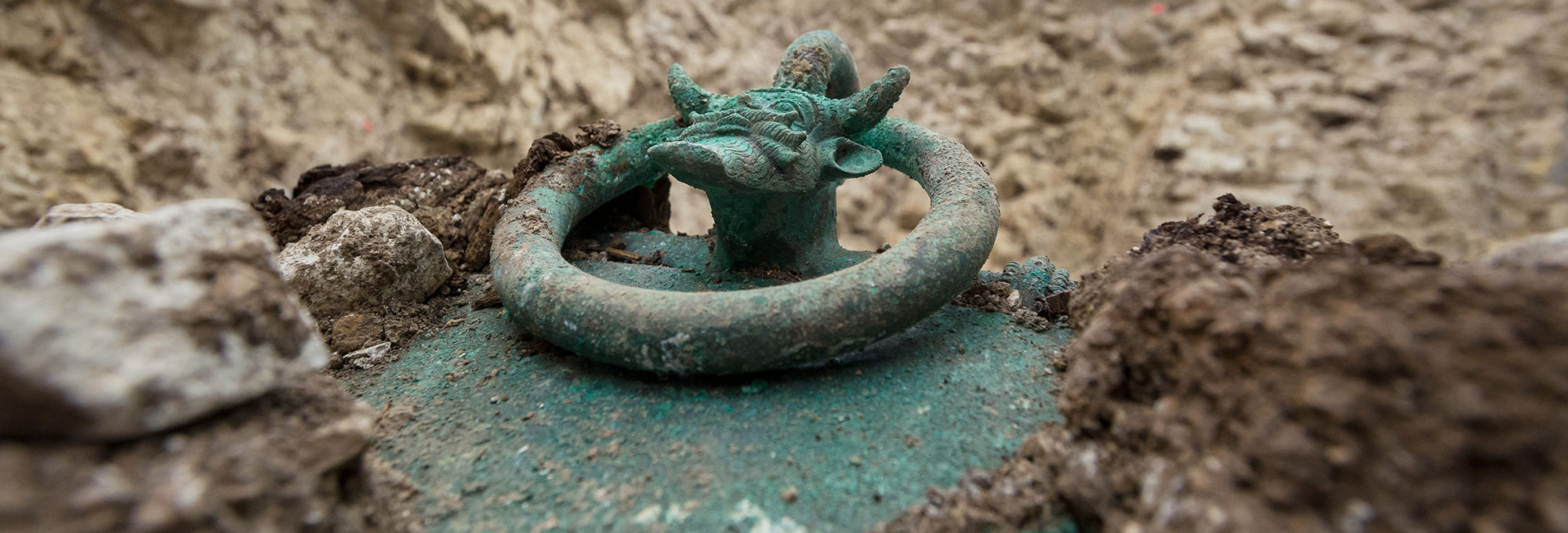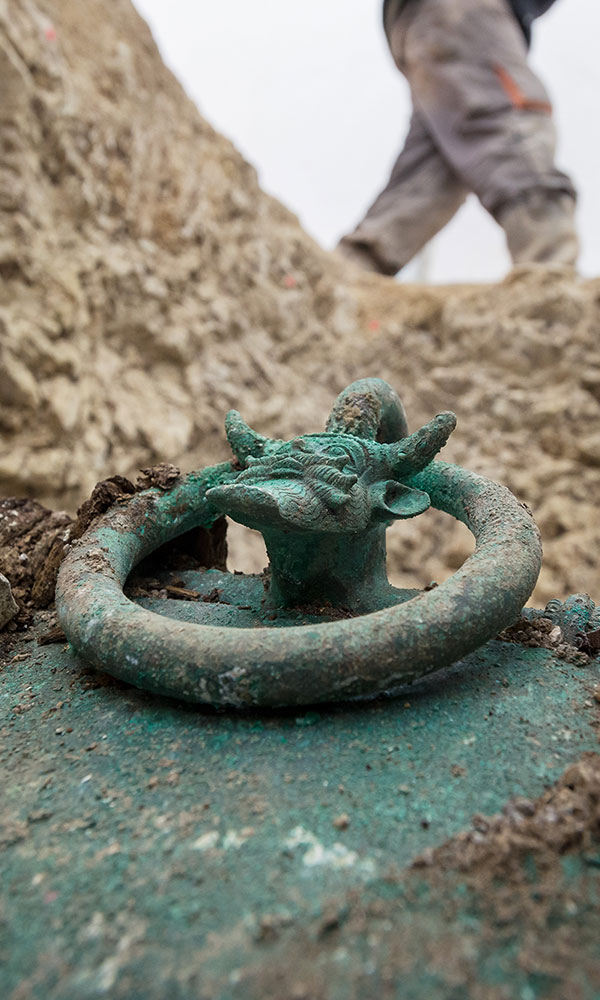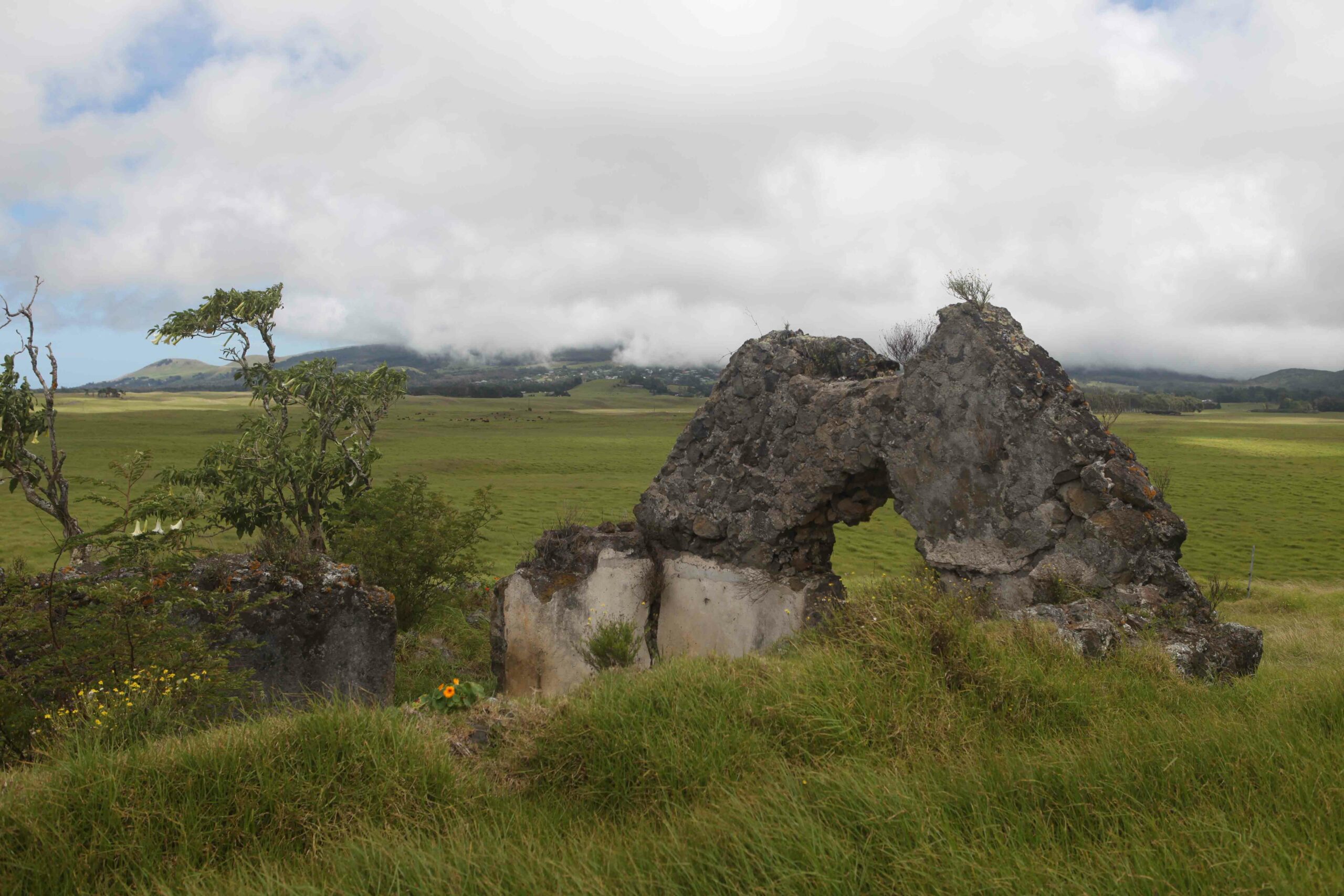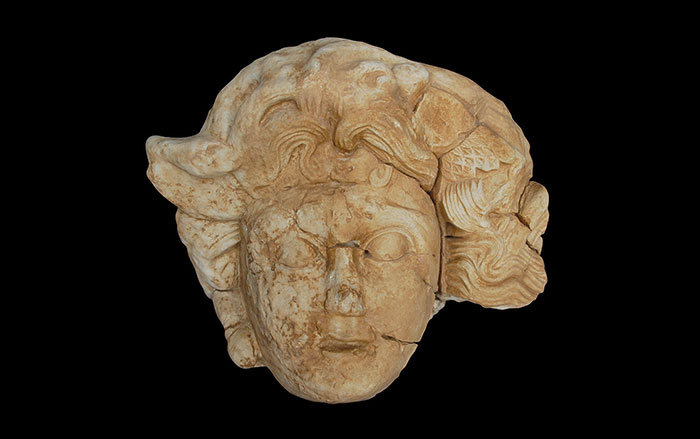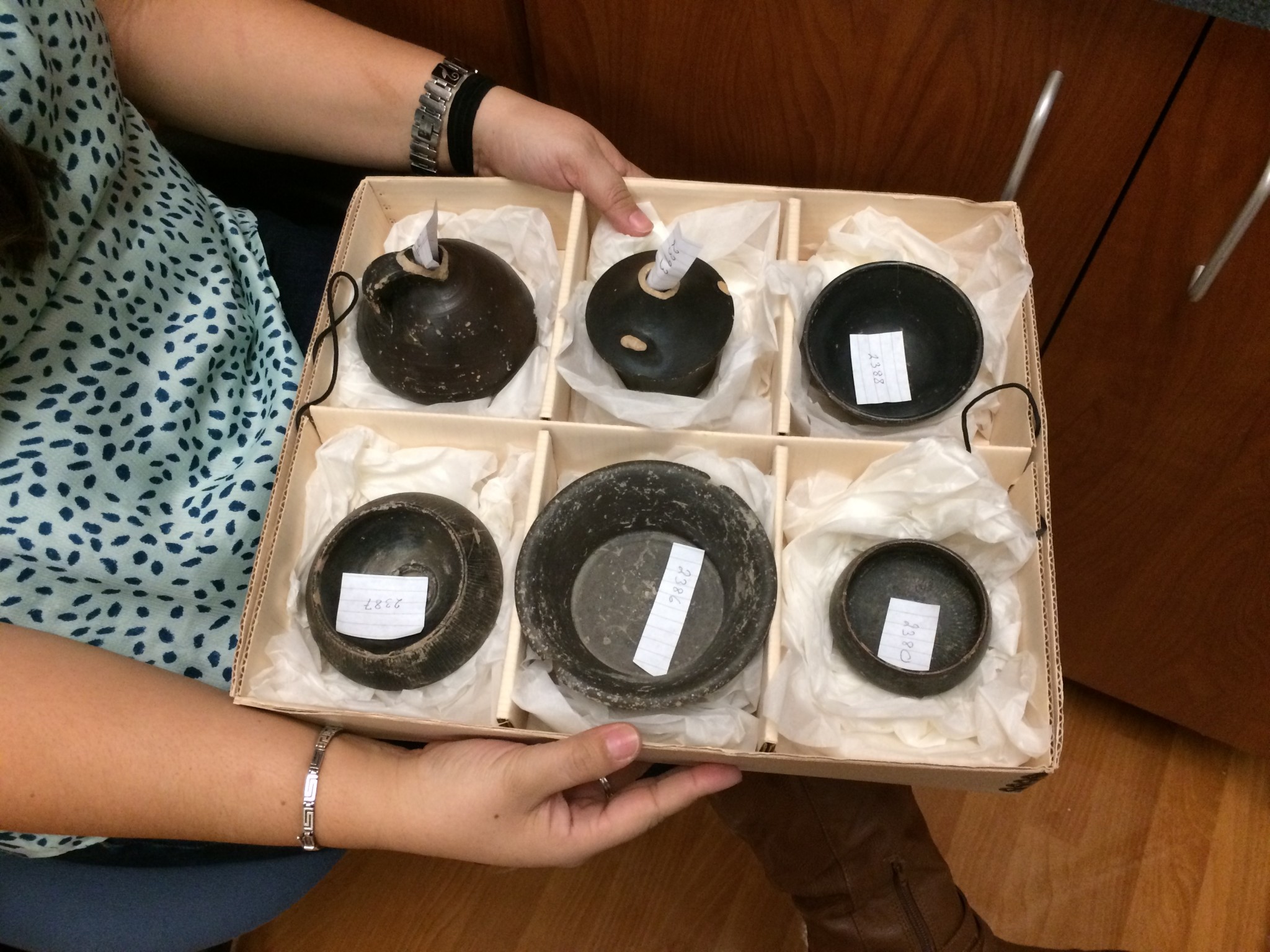
FAYETTEVILLE, ARKANSAS—Rachel Opitz of the University of Arkansas’ Center for Advanced Spatial Technologies (CAST) is working with Rome’s Capitoline Museum and the University of Missouri to study ancient ceramics of unknown provenance. The objects, which range in age from 2,000 to 2,400 years old, have been stored at the museum for more than a century. Neutron activation analysis at the Missouri University Research Reactor will help scholars identify the clay in the ceramic vessels and perhaps pinpoint where they originated. Opitz was called in by the team to scan the vessels with high-resolution structured-light technology. The 3-D images can show traces of wear that are invisible to the naked eye and distinguish between marks made from regular usage in the past and more recent scratches. “The production of a bowl or plate is interesting, but how it is used day to day, how it is lifted, washed, cooked in, chipped, and eventually thrown out is just as important,” Opitz said in a press release. To read more about Roman archaeology, go to "Rome's Imperial Port."






